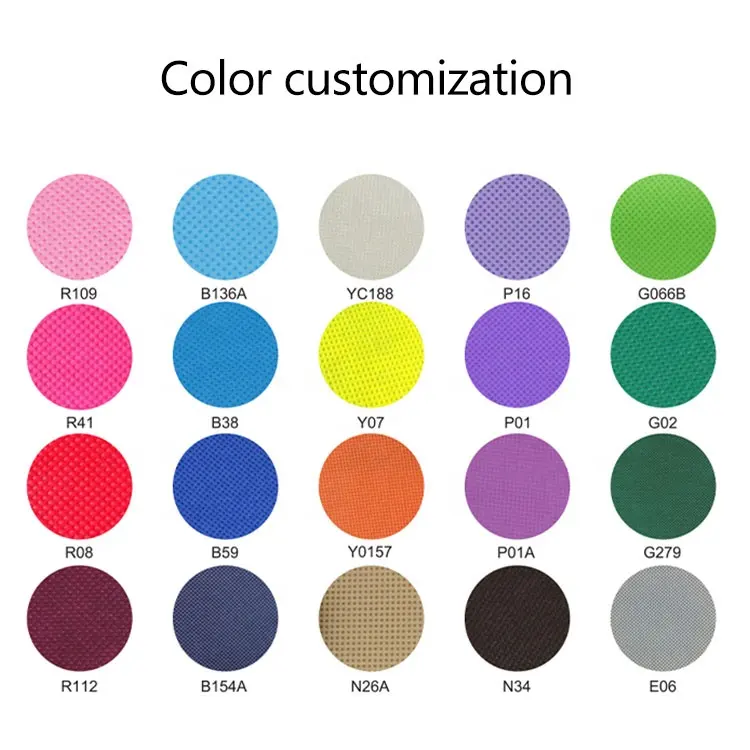
1. What is a Color Model?
A color model is a mathematical framework that describes the way colors can be represented and manipulated in digital and print media. It defines a set of primary colors and a method for mixing them to create a full spectrum of colors. The primary purpose of a color model is to provide a standardized way to describe colors for consistent reproduction across different devices and media.
There are several color models, but the most commonly used ones in design and printing are RGB (Red, Green, Blue) and CMYK (Cyan, Magenta, Yellow, Key/Black).
2. Importance of Choosing the Right Color Model
Choosing the right color model is critical for ensuring that your designs look as intended, whether they are viewed on a screen or printed on paper. Here are some reasons why selecting the appropriate color model is important:
- Accuracy in Color Reproduction:
Using the correct color model ensures that colors are reproduced accurately. For instance, a design created in RGB might not look the same when printed because RGB colors can appear differently in print compared to digital screens. By using the CMYK model for print designs, you can better predict how the colors will look once printed.
- Consistency Across Media:
Consistency in color reproduction is essential for maintaining brand identity and professional appearance. By choosing the right color model, you can ensure that your brand colors look the same across various media, whether they are viewed online or in printed materials.
- Professional Quality:
Using the appropriate color model demonstrates professionalism and attention to detail. It shows that you understand the technical aspects of color reproduction and are committed to delivering high-quality designs.
- Cost-Effectiveness:
Choosing the right color model can also be cost-effective. For example, using CMYK for print ensures that the colors are accurate, reducing the need for reprints and corrections. This can save both time and money in the long run.
- Enhanced Communication:
Accurate color reproduction can enhance communication and marketing efforts. Colors can evoke emotions and convey messages effectively. By ensuring that colors are reproduced accurately, you can communicate your message more effectively to your audience.

3. How to Achieve Color Accuracy?
Achieving color accuracy is crucial for ensuring that printed designs look as intended. Several factors and practices contribute to accurate color reproduction:
Color Calibration: Regularly calibrating monitors and printers ensures that the colors displayed on screens and printed on paper match the original design as closely as possible. Calibration tools and software can help maintain color consistency.
Using ICC Profiles: International Color Consortium (ICC) profiles are standardized files that describe how colors should appear on different devices. Using ICC profiles helps in achieving consistent color reproduction across various devices and media.
Soft Proofing: Soft proofing involves simulating how colors will look when printed, using a calibrated monitor. This process helps designers make necessary adjustments before final printing, reducing the likelihood of color discrepancies.
Proof Prints: Creating proof prints, also known as test prints, allows designers to see how colors will appear on the final printed product. This step is crucial for making any necessary adjustments before committing to a full print run.













